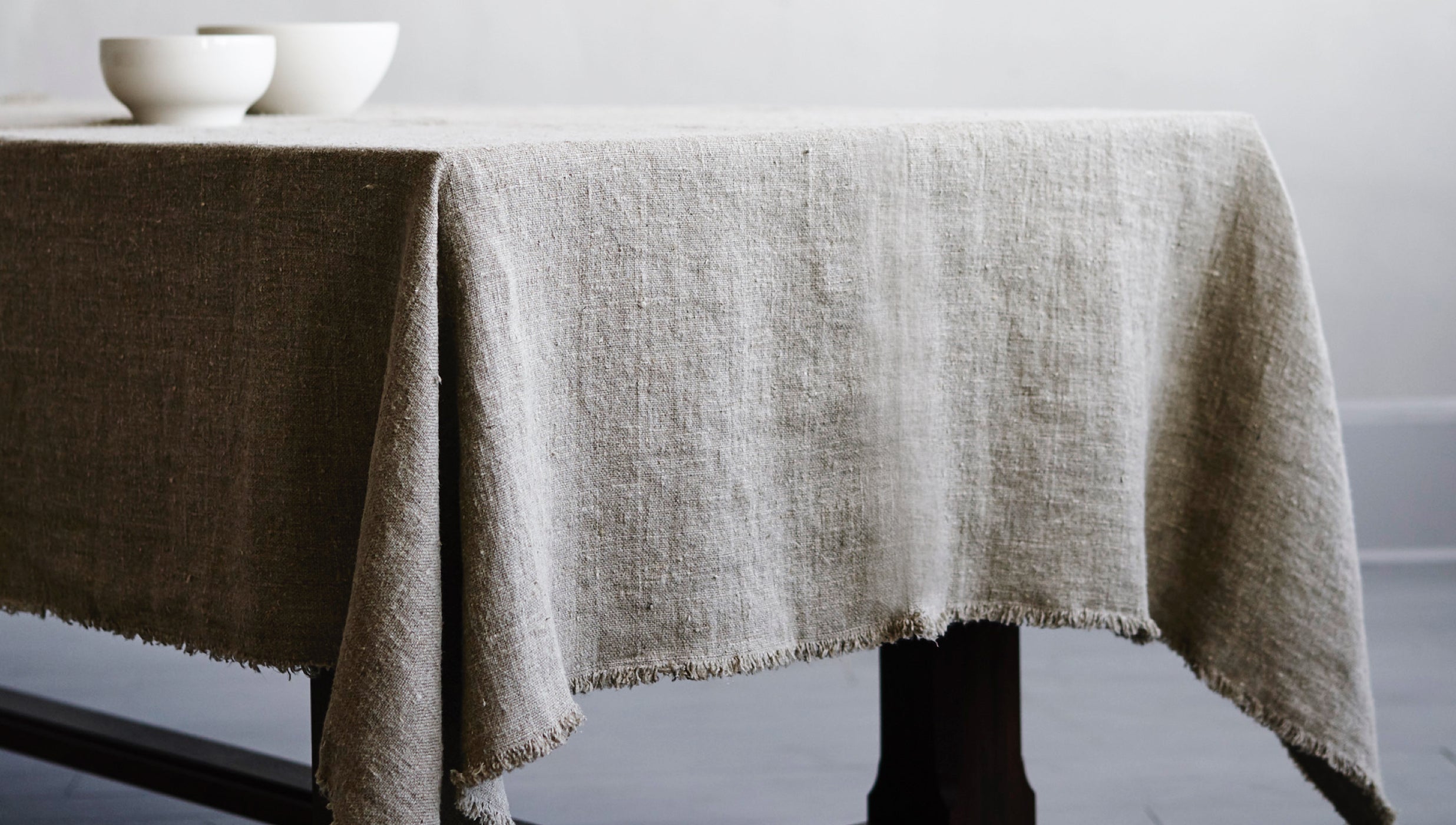Bed Linen Material Innovations: Exploring Modern Trends and Creative Applications in Design and Textile Market
In the world of textile innovations, bed linen has actually become a classic yet versatile material that remains to captivate developers and lovers alike. With an abundant history deeply intertwined with craftsmanship and elegance, bed linen textile is experiencing a renewal in the contemporary period. From sustainable production techniques to advanced weaving modern technologies, the development of bed linen is reshaping the landscape of the textile sector. As we dig right into the realms of imaginative design applications and the introduction of bed linen blends and crossbreed textiles, a new chapter unfolds in which linen's function in future textile innovations takes spotlight.
Lasting Practices in Bed Linen Manufacturing
Sustainable methods in linen production have actually become significantly important in the fabric sector's initiatives to lessen environmental impact and advertise honest sourcing techniques. Bed linen, an all-natural fiber stemmed from the flax plant, offers a series of advantages such as biodegradability, toughness, and breathability. Nonetheless, standard approaches of bed linen production can entail significant water intake, chemical use, and energy-intensive procedures.
To attend to these difficulties, many textile manufacturers are adopting lasting methods throughout the linen production process. This includes sourcing flax from natural farms that stay clear of unsafe chemicals and chemicals, executing water-efficient retting methods to extract fibers from the flax stalks, and utilizing environment-friendly dyes and finishes. In addition, some business are purchasing renewable power resources to power their production centers and reducing waste through recycling and upcycling initiatives.
Technical Innovations in Linen Weaving
With the expanding focus on sustainable methods in linen manufacturing, the fabric market is now witnessing a surge in technical improvements particularly intended at reinventing the art of linen weaving. These technologies are improving the way bed linen materials are produced, providing raised effectiveness, quality, and imagination in weaving methods.
One of the crucial technological innovations in linen weaving is the assimilation of computerized looms. These innovative looms are outfitted with software application that permits intricate and intricate designs to be woven with accuracy. By digitizing the weaving procedure, suppliers can accomplish better uniformity and accuracy in their linen fabrics.
Moreover, innovations in thread spinning innovation have enabled the manufacturing of finer and even more long lasting linen threads - table cloths. This causes softer and smoother linen fabrics that preserve their quality even after several uses and laundries
In addition, the development of environmentally friendly dyeing processes and coatings for linen materials is acquiring traction. These lasting methods not only decrease the environmental effect yet also deal with the enhancing consumer need for ethically created fabrics.
Creative Layout Applications for Linen
Innovative artistic techniques are progressively forming the innovative style applications for bed linen in the fabric market. Linen's natural visual appeal and capability to blend with other materials make it a favorite option for producing unique garments and devices that provide to the eco here are the findings aware customer.
Furthermore, designers are experimenting with linen in home decoration, using its sturdy and breathable nature to craft fashionable furnishings such as curtains, bedding, and furniture. The texture and drape of linen bring a feeling of elegance and comfort to interior areas, adding a touch of beauty to contemporary homes.

Linen Blends and Hybrid Fabrics
:max_bytes(150000):strip_icc()/sage-teddy_46-7e12be353dfc4e69b1afc52bf5af2820.jpg)
Crossbreed materials, on the other hand, take the this link concept of mixing a step better by integrating extra aspects such as metal threads, recycled materials, or conductive fibers. These cutting-edge textiles not just expand the style opportunities but likewise introduce functional elements like conductivity, antimicrobial residential or commercial properties, or boosted resilience. Crossbreed fabrics are progressively being used in various industries, consisting of style, interior decoration, and technological textiles, where the demand for multifunctional products is on the surge.
Linen's Role in Future Fabric Innovations

In the world of future fabric innovations, bed linen is expected to be a crucial gamer in the development of sophisticated functional textiles. Researchers and developers are checking out means to boost linen's fundamental top qualities through technical innovations, such as including clever fabrics, nanotechnology, and performance finishes. These innovations aim to raise linen's efficiency features, making it suitable for a wider variety of applications, from activewear to protective garments.
Additionally, the combination of linen with other natural or artificial fibers opens up countless opportunities for developing unique textiles with one-of-a-kind buildings and performances. By leveraging linen's characteristics and checking out innovative blends, the textile industry is positioned to introduce amazing advancements that cater to evolving consumer requirements and sustainability needs.
Final Thought
To conclude, the expedition of lasting practices, technical advancements, innovative design applications, linen blends, and its role in future fabric developments highlight the continual development of linen fabric in the modern-day design and textile sector. With an emphasis on innovation and creativity, the adaptability and environmentally friendly nature of bed linen make it a useful material for suppliers and designers alike, paving the method for further advancements and developments in the area of textiles.
As we dig right into the worlds of innovative style applications and the appearance of linen blends and crossbreed materials, a new phase unfolds in which linen's role in future textile innovations takes facility stage.
Exploring the combination of linen with various check this site out other textiles has led to the appearance of cutting-edge blends and crossbreed textiles in the modern fabric sector. Bed linen blends provide a special combination of the qualities of linen with those of other fibers, resulting in fabrics that possess enhanced homes such as boosted longevity, boosted draping, and lowered wrinkling.The development of linen blends and hybrid textiles has actually established the stage for Bed linen to play an essential role in driving future fabric innovations.In the realm of future textile technologies, linen is expected to be an essential player in the development of innovative functional textiles.